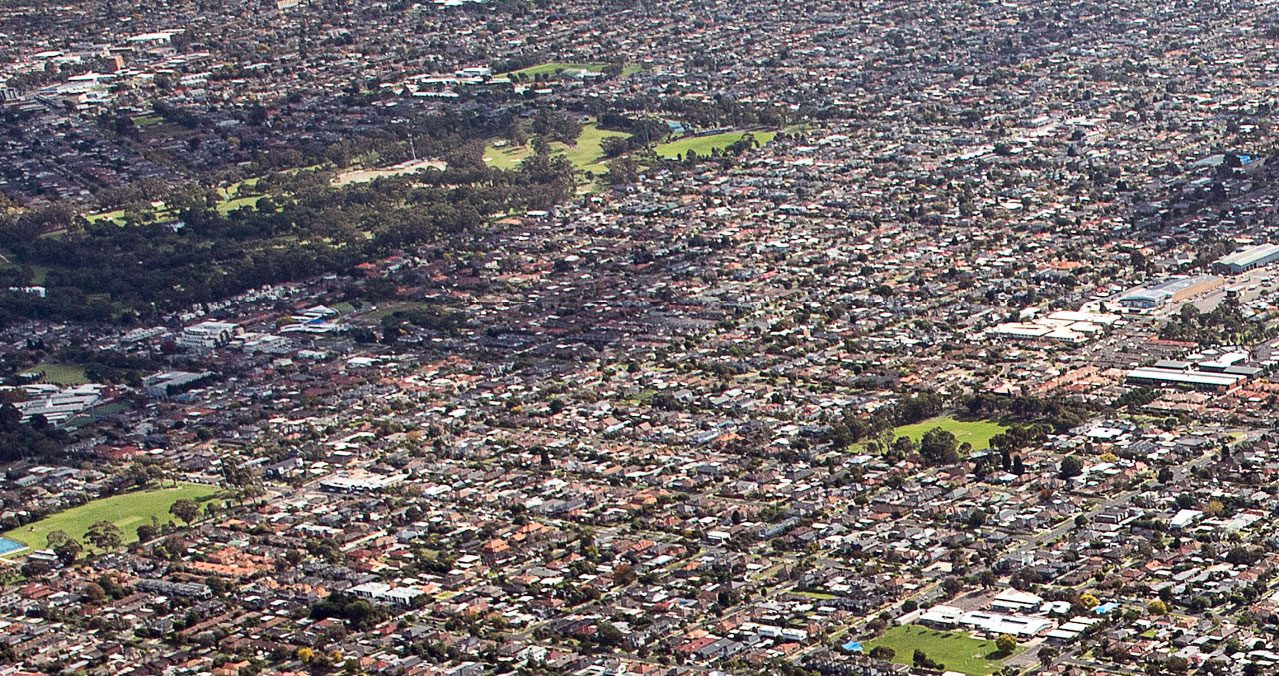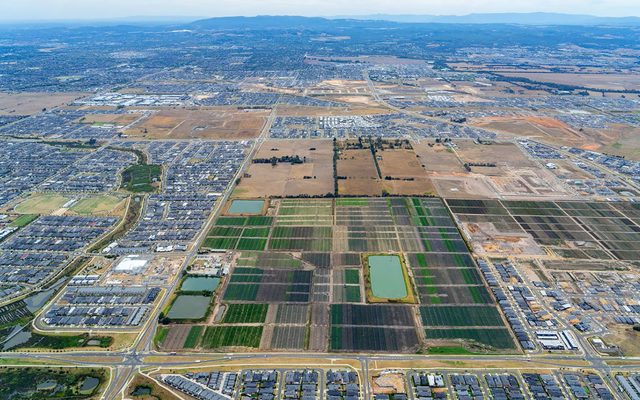This article is from the Australian Property Journal archive
AUSTRALIA’S house prices soared by almost 40% in the four years since the onset of the global pandemic, with Queensland and South Australia up by more than 60%.
According to the latest data from PropTrack, national home prices have increased by 39.9% in the four years since March 2020.
Regional Queensland is the highest growth market in the country over the period at 66.5%, followed by regional SA at 66.2%, Adelaide at 64.0% and Brisbane at 63.1%.
The significant growth in Brisbane means the Queensland capital’s prices are now rivalling Melbourne, which has seen some of the slowest growth over the period, with 17.2% growth.
“Four years on from the pandemic, home prices around the country have staged a remarkable feat,” said Eleanor Creagh, senior economist at PropTrack.
“From fears of sharp falls through the pandemic, to the expectation of steep declines when interest rates began to quickly climb, home prices have defied the expectations of many, surging 39.9% nationally.”
With the markets that recorded the strongest performances through the pandemic, doing so when the home price boom saw national prices growing at the third-fastest rate in Australia’s history and continuing to see strong growth since.
“The supply of properties for sale, population growth, building activity, rental market conditions, interest rates, and interstate and regional migration have all influenced home price growth as well as how it has been distributed Australia-wide since March 2020,” added Creagh.
“Through the pandemic strong demand, low supply and record low interest rates combined to drive a once in a generation price boom. Coastal and regional areas, along with Brisbane and Adelaide, benefitted most from affordability advantages and pandemic- induced preference shifts resulting in surging property prices. Four years on and regional home prices have outperformed their capital city counterparts in every state except WA and NT.”
Additionally, parts of Perth, Brisbane, regional Queensland, regional SA and Adelaide either in part or completely avoided the 2022 downswing.
“Since covid, the housing market has cycled different phases. Home prices fell as interest rates quickly climbed,” said Creagh.
“However, as net migration hit record levels, insufficient housing supply coupled with strong demand offset the higher interest rate environment and deterioration in affordability. As a result, home prices took off again in January 2023 and that remains the case three months into 2024.”
Meanwhile, PropTrack’s latest monthly figures show national prices rose to a new peak in March, with Perth home prices logging their strongest annual growth on record.
National dwelling prices were up 0.34% to a new record in March, with prices up 1.57% in 2025, to now sit 6.79% above March 2023 levels.
Across the combined capital cities prices were up 0.04% in March, with capital city prices now 7.64% above levels recorded at this time last year.
“The home price upswing persisted in March, and prices reached a record high nationally. Despite an increase in the number of homes hitting the market this year, demand has absorbed the surge leading to further price increases,” said Creagh.
Excluding Hobart, all capitals saw growth over the month, with Perth up 0.99%, Canberra up 0.67%, Brisbane up 0.41%, Sydney up 0.40%, Adelaide up 0.31%, Melbourne up 0.27% and Darwin up 0.03%.
“The expectation that interest rates may begin to move lower in late 2024 will sustain buyer and seller confidence,” added Creagh.
“Housing demand is also being buoyed by population growth, tight rental markets, resilient labour market conditions and home equity gains. Meanwhile, the sharp rise in construction costs and labour and materials shortages have slowed the delivery of new builds, hampering the supply of new housing.”
“The imbalance between supply and demand is likely to further offset the impact of affordability constraints and a slowing economy. As a result, prices are expected to remain on the rise in the months ahead.”




